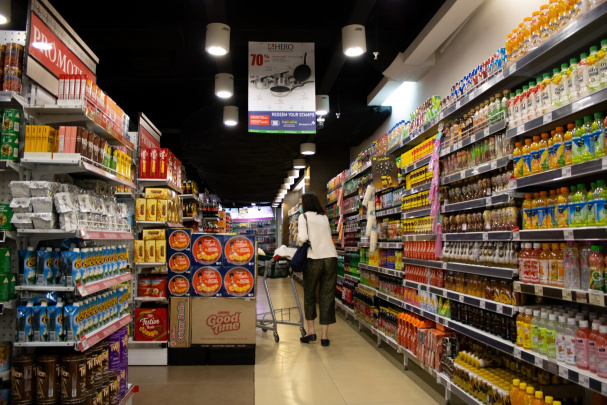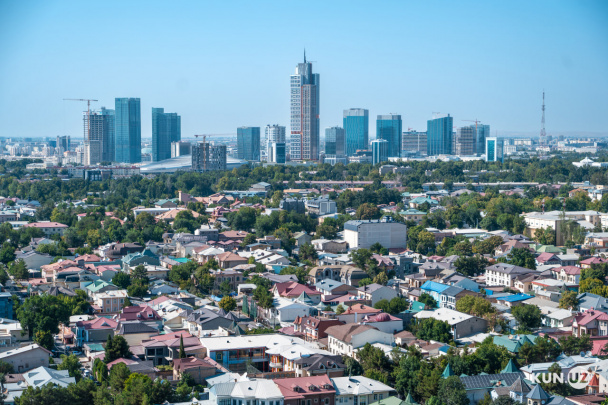Inflation forecasts dip in Uzbekistan amidst currency and fuel price stability
Currency exchange rate fluctuations and energy prices remain main contributors to the forecasts.
The inflation expectations of Uzbeks decreased slightly in March, according to a survey conducted by the Central Bank.
The average expected inflation rate over the next 12 months was 12.8%, down by 0.2 percentage points compared to February. The median indicator remained unchanged at 10.6%.
Tashkent returned to the first place with an expected inflation rate of 16.9%. Residents of the capital region and Samarkand estimated it at 14.3% and 13.6% respectively. The lowest indicators were noted in Jizzakh (9.9%), Karakalpakstan (10%), and Navoi (10.8%).
The most optimistic forecasts among professions were given by workers in the tourism business (10%), agriculture (10.4%), and commerce (10.6%). The highest estimates were among IT specialists (16.8%), constructors (14%), and banking workers (13.4%).
Currency exchange rate fluctuations maintain their leading position among factors influencing assessments (61%), followed by fuel prices (50%) and utility tariffs (42%). The proportion of speculative price surges increased (35%), while it decreased for transport expenses (29%).
For entrepreneurs, the average inflation rate fell by half a percent to 12.2%. The median forecast also remained unchanged (10.4%).
The tourism business provides the lowest inflation estimates for the year (10.8%), with lower rates for manufacturing and catering (11.5%). The highest estimates were given in the culture and entertainment sector (15%), IT (13.6%), and education (12.9%).
Among the business community, capital entrepreneurs rate future inflation the highest (14.4%), followed by Kashkadarya (13.3%) and Khorezm (13.2%). In Karakalpakstan (10.3%), Namangan (11.1%), and Bukhara (11.3%), inflation expectations were the lowest.
The main factor affecting business forecasts remained the currency exchange rate dynamics (61%), with energy prices in second place (44%). They are followed by utility rates (38%), transportation costs (33%), and raw material expenses (28%).
Recommended
List of streets and intersections being repaired in Tashkent published
SOCIETY | 19:12 / 16.05.2024
Uzbekistan's flag flies high on Oceania's tallest volcano
SOCIETY | 17:54 / 15.05.2024
New tariffs to be introduced in Tashkent public transport
SOCIETY | 14:55 / 05.05.2023
Onix and Tracker cars withdrawn from sale
BUSINESS | 10:20 / 05.05.2023
Latest news
-
Publishing industry in Uzbekistan sees surge as tax breaks and investments roll in
SOCIETY | 16:35
-
Uzbekistan seeks role for local firms in China–Kyrgyzstan–Uzbekistan railway project
POLITICS | 16:33
-
Uzbekistan’s meat imports jump by over 60% in first half of 2025
SOCIETY | 16:31
-
Greener, smarter, more livable: How Tashkent will change over the next 20 years
POLITICS | 16:03
Related News

13:04 / 09.07.2025
Central Bank of Uzbekistan reports decline in reserves, while gold volume and value climb

10:32 / 09.07.2025
Inflation expectations in Uzbekistan drop sharply in June

15:00 / 08.07.2025
President Mirziyoyev reviews economic progress in Namangan

20:34 / 07.07.2025



